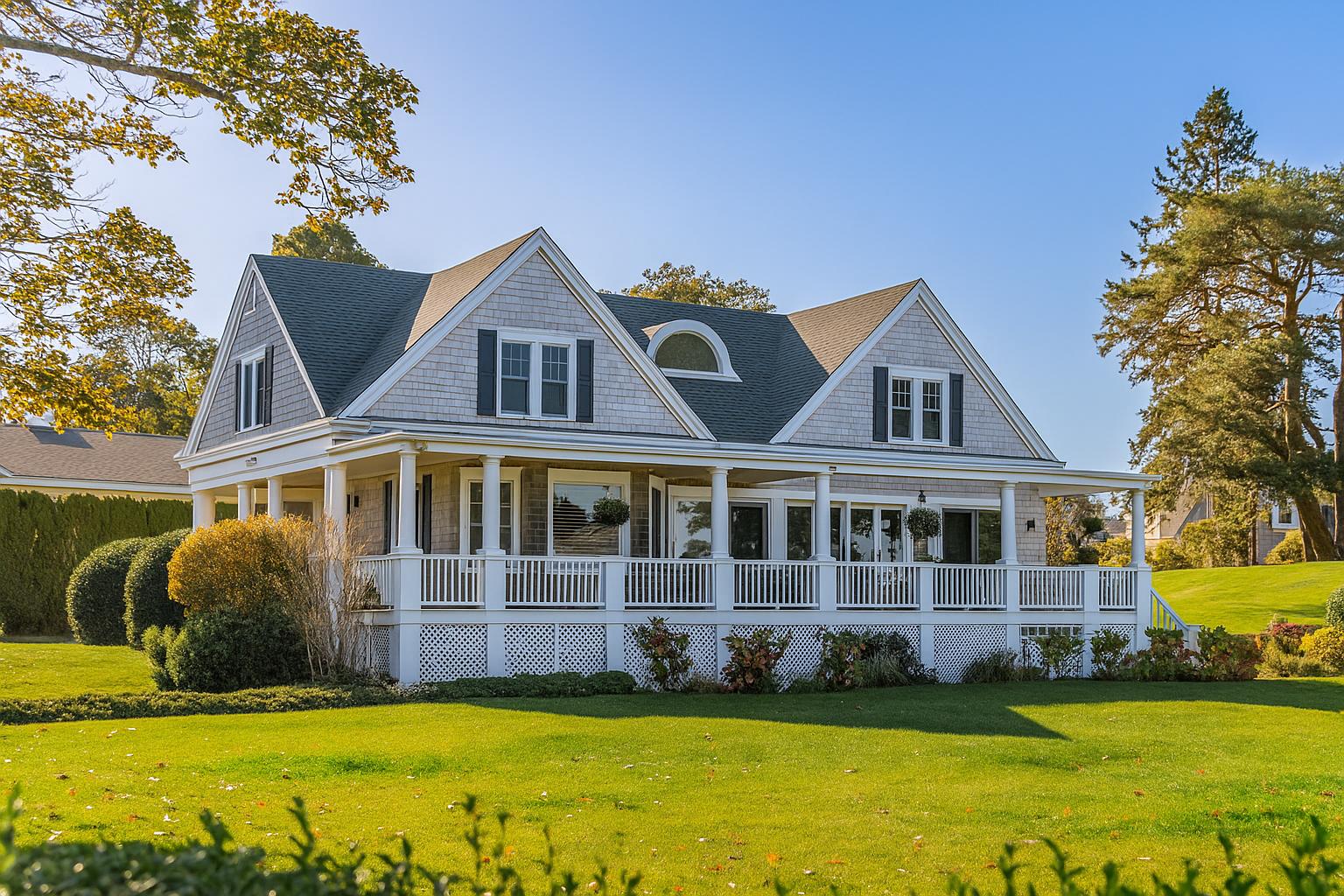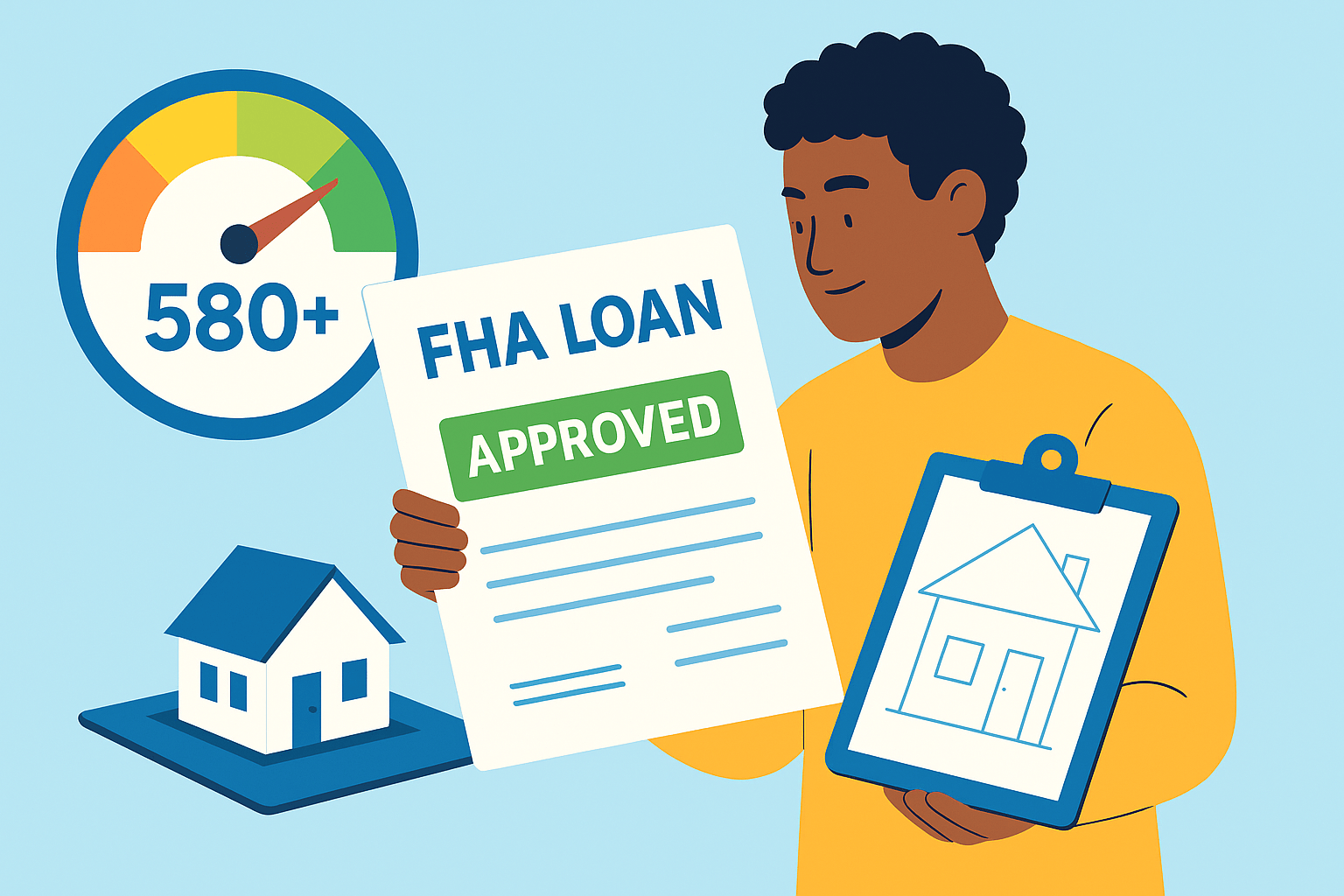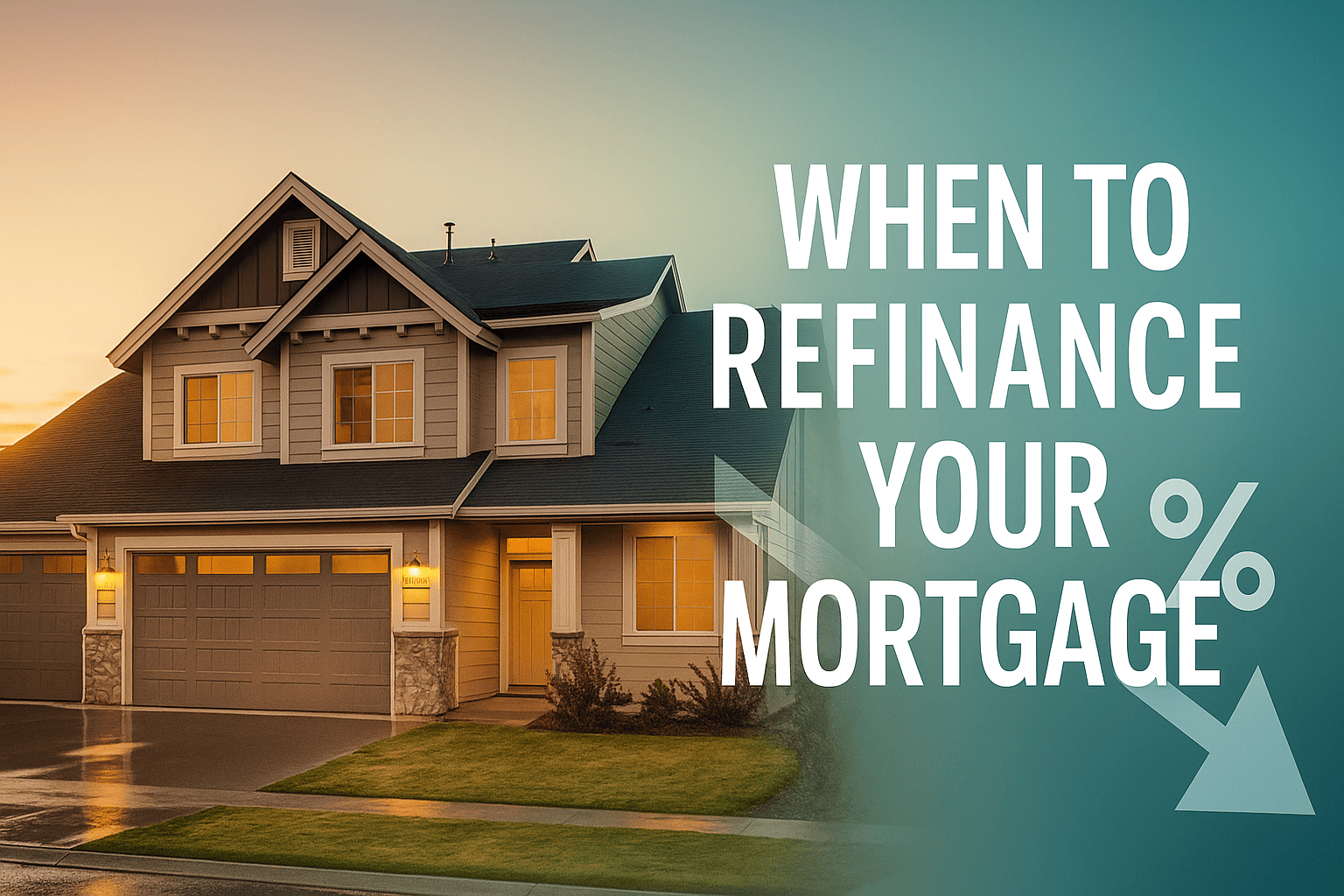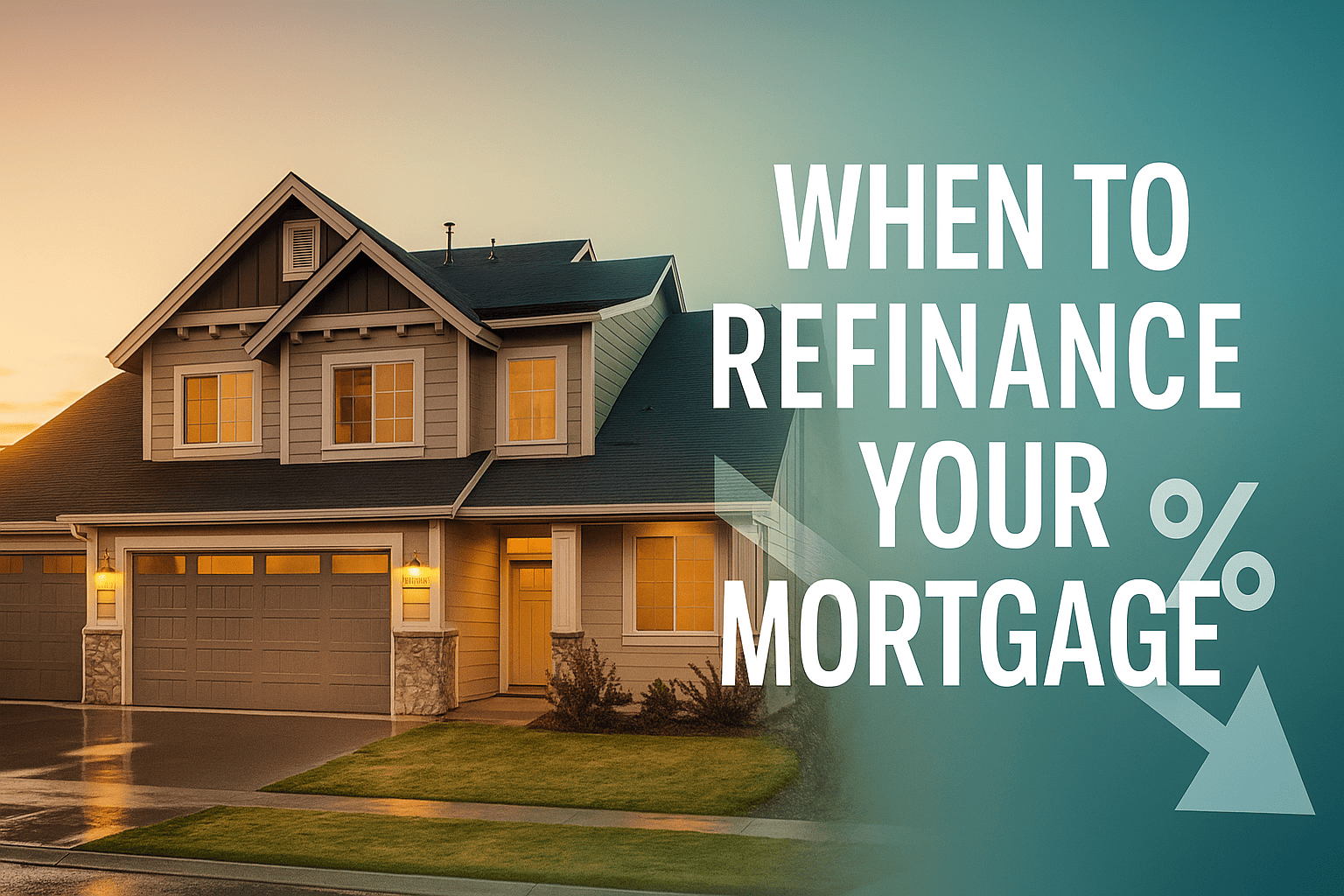K-FIT First-Time Homebuyer Assistance Programs
K-FIT: Pennsylvania’s Breakthrough Path to Homeownership for Residents With Disabilities
Dreaming of a place to call your own—but worried that medical bills or accessibility upgrades will keep you renting forever? K-FIT could be the bridge between your lease and your deed. Within Pennsylvania, the program delivers down-payment assistance, closing-cost funds, and wrap-around counseling specifically for buyers managing disabilities or chronic health conditions. Let’s unpack how this little-known lifeline can turn a “someday” wish into the front-door keys you deserve.
What Is K-FIT and Why Was It Created?
Short for “Keystone Forgivable in Ten,” K-FIT is administered by the Pennsylvania Housing Finance Agency (PHFA). The initiative provides up to five percent of a home’s purchase price—capped at $10,000—as an interest-free, forgivable loan. After ten years of owner-occupancy, the balance disappears like mist in morning sun.
The program zeroes in on Pennsylvanians who face added financial hurdles because of a permanent disability or chronic illness. Medical equipment, accessible renovations, and unpredictable health-care costs often chip away at the savings normally earmarked for a down payment. PHFA designed K-FIT to level that playing field.
How Does the K-FIT Program Work?
At its core, K-FIT layers on top of a PHFA first-mortgage product. Think of it as a booster rocket attached to your primary loan:
- The assistance can cover part—or all—of your required down payment.
- Closing costs, like lender fees or prepaid taxes, can also be wrapped in.
- No interest accrues, and no monthly payments are due on the K-FIT portion.
- Occupy the property for 120 months, and the lien is forgiven entirely.
Should you sell or refinance early, the remaining prorated balance is repaid. It’s flexible yet fair, balancing risk for the state while safeguarding households that need time to stabilize.
Who Is Eligible for K-FIT in Pennsylvania?
Eligibility feels less like a maze and more like a checklist:
- Disability Status: At least one borrower must evidence a permanent physical or mental disability or a long-term chronic condition documented by a medical professional.
- First-Time Buyer Rule: You cannot have owned a principal residence in the previous three years, with exceptions for targeted census tracts.
- Income Limits: Household income must align with PHFA county caps—$106,700 for a family of four in Allegheny County, for example (PHFA 2024 chart).
- Credit Baseline: Minimum FICO of 660 is typical, though manual underwriting can allow lower scores when compensating factors exist.
- Home Price Cap: Purchase price may not exceed area limits (up to $481,176 in high-cost Philadelphia localities).
Couple those basics with home‐buyer education—usually a four-hour online module—and you’re cleared for takeoff.
How Is K-FIT Different From Other First-Time Homebuyer Programs?
The Commonwealth offers several assistance options—the Keystone Advantage, the HOMEstead grant, and local municipal funds among them. However, three traits make K-FIT unique:
1. Disability-Focused Design
Most programs are broad-spectrum. K-FIT zeroes in on accessibility needs, letting households reserve savings for wheelchair ramps, roll-in showers, or adaptive technology.
2. Ten-Year Forgiveness Clock
Some grants recapture funds if you move within five years. K-FIT doubles the timeline, reducing the annual repayment risk if life takes an unexpected turn.
3. Layer-Friendly Structure
You can still stack K-FIT with employer housing incentives, VA loans, or city-level grants, provided PHFA guidelines are met. That multi-layer sandwich can slice tens of thousands off your cash required at closing.
A Real-World Snapshot: Maya’s Accessible Home in Scranton
Maya Rivera, a 29-year-old graphic designer with spinal muscular atrophy, rented a third-floor walk-up for seven years. The stairs robbed her of energy—even on good days. With savings drained by adaptive tech, the 5% down payment on a modest bungalow felt unreachable.
Her housing counselor suggested the K-FIT program. By pairing a PHFA HFA Preferred™ mortgage with $9,200 in K-FIT assistance, Maya covered all upfront costs and reserved her own funds for widening doorways and installing a zero-threshold entry. “I roll into my living room now,” she laughs. “That’s freedom in motion.”
Why K-FIT Matters: Numbers Behind the Need
According to the U.S. Bureau of Labor Statistics, Americans with disabilities earn roughly two-thirds of what their non-disabled peers make. Layer on the Department of Health and Human Services estimate that long-term medical costs average $17,000 annually per person with a chronic condition, and the savings gap widens.
Pennsylvania echoes those trends. A 2023 Temple University study of 600 state homeowners found that 42% of respondents with disabilities skimped on vital accessibility renovations due to thin reserves. By freeing $6,000–$10,000 of upfront expense, K-FIT interrupts that cycle.
Step-by-Step Guide to Securing Your K-FIT Funds
- Confirm Eligibility: Verify income, credit, and disability documentation.
- Select a PHFA-Approved Lender: Over 80 statewide lenders are authorized; many offer virtual appointments.
- Complete Homebuyer Education: Online or in-person, usually at no cost.
- Get a Pre-Approval Letter: This includes both first mortgage and K-FIT overlay.
- House Hunting: Work with a REALTOR® familiar with accessibility features and PHFA timelines.
- Underwriting & Commitment: Your lender uploads the PHFA package for approval, typically within 15 business days.
- Closing & Move-In: Sign documents, collect keys, and start the 10-year forgiveness countdown.
Can You Combine K-FIT With Other Pennsylvania Homeownership Resources?
Yes. Many borrowers stack the K FIT program with:
- Local accessibility grants (e.g., Pittsburgh’s Housing Opportunity Fund).
- Rural USDA 502 direct loans, which allow 100% financing.
- Employer-assisted housing benefits offered by five major PA health systems.
Each layer may have its own inspection or education requirement, so work closely with your lender to avoid timeline clashes.
Financial Forecast: The Long-Term Impact of K-FIT
Picture a $200,000 home in Lancaster County with 3% down. Without assistance, you’d need $6,000 plus $5,000 in closing costs—roughly $11,000 cash. Insert K-FIT at the maximum $10,000 and your out-of-pocket could drop below $1,500. That leftover money can fund:
- Grab bars and stair lifts ($2k).
- Energy-saving heat pump ($4k after rebates).
- Six months of emergency reserves.
Diversifying how you use cash at acquisition often predicts housing stability better than interest rate alone, PHFA economists noted in an internal 2022 memo.
Frequently Asked Questions About K-FIT
Does K-FIT work with FHA loans? Yes, provided the first mortgage is a PHFA-backed Keystone Government Loan.
What credit score is required for K-FIT? While 660 is standard, some lenders manually underwrite down to 620 with compensating factors.
Are condos eligible? Condominiums and townhomes qualify if they meet PHFA and HUD approval.
Is homeowner’s insurance more expensive? Typically no; insurers base premiums on property risk, not financing structure.
Ready to Explore K-FIT for Yourself?
Your future home’s ramp, roll-in shower, or smart-home voice controls don’t have to wait. Partner with our experienced Pennsylvania real-estate team today. We’ll connect you to a PHFA-approved lender, line up accessible listings, and champion you from application to closing table. Because every homeowner deserves a doorway that opens wide.
Schedule Your Free K-FIT Consultation
Suggested URL slug: /pennsylvania-k-fit-disability-homebuyer-guide
Explore More Blog Posts
Checkout more similar posts those will help you to choose better property.












 Profile
Profile Password
Password Saved Properties
Saved Properties Sign Out
Sign Out
 +0.01
+0.01
 -0.15
-0.15

